
|
||
|
Portland art blog + news + exhibition reviews + galleries + contemporary northwest art
|
||
Processions: an Elaborative Cartography at PSU 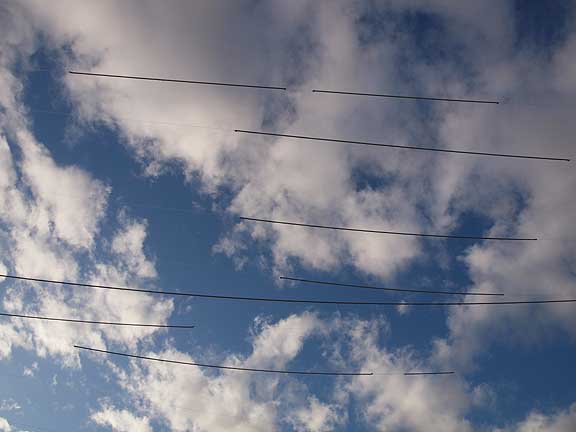 Processions: an Elaborative Cartography (detail) For the past few months a group of artists consisting of; Maggie Casey, Zachary Davis, Joshua Pavlacky and Benjamin Young has demanded increasing attention in the Portland art scene by opening an unlikely space in a garage. It is called Appendix and it's just off Alberta Street. Though always experimental, their earlier site specific exhibitions at Appendix Gallery and Tractor have ranged from promising to some of the best of the year. But the thing that really got my attention was the fact that these four artists were engaged in deep wide ranging conversations about various vectors of art; topographies, neurology, textiles, urban planning, Greek philosophy and design. If the work wasn't entirely actualized already I sensed these four very bright, energetic and curious artists were on a journey that would lead them there. These close knit groups of artists are what I studied in grad school (der Blue Reiter, die Brucke and the Bauhaus), so I'm always on the lookout for the telltale signs of relentless intellect, energy, a challenging group dynamic, rigor and inventive problem solving. These artists have those markers. 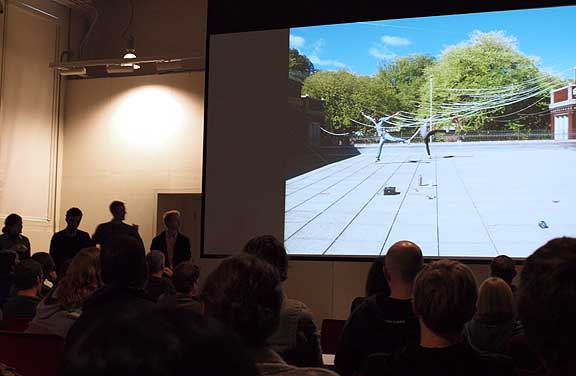 (Standing L to R) Maggie Casey, Ben Young, Zach Davis and Josh Pavlacky as they discuss the work to a packed house Now this unnamed "working group" of artist's first collaborative effort Processions: an Elaborative Cartography at PSU may be the moment when as a group and individually each artist grew exponentially. At the schools' invitation for 9 weeks at PSU's Recess Gallery (dept. of architecture) the four artists underwent an elaborate process of setting up procedures for sharing of ideas. Then via that self directing process distilled and actualized that methodology into a finished piece that is both elegant and ephemeral while possessing elements from each artist. As the artists described in their excellent hour long lecture the entire process put a premium on not pre-determining the project's details, instead they took a page from the Robert Irwin playbook and spent time in the space, letting its fundamental elements suggest a final form. Once a few basic ideas and rules were agreed upon after a lot of intense experiments and negotiations then did the procession take form. Davis describes it as "a topography" of the experience and decision making process. 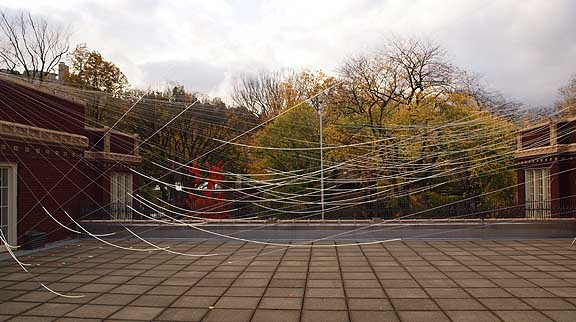 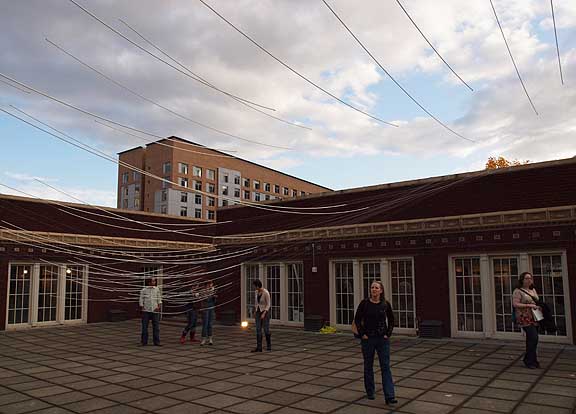
The result is a gossamer series of catenary lines (like the cables of a suspension bridge) that were chosen for the way they responded to the site's "cupping" aspect. On top of Shattuck hall the often underutilized rooftop courtyard provides constant glimpses of the tops of trees, the toney homes in the west hills and skyscrapers making the space one large rectangular bowl open to the sky. The lines compellingly respond by vectoring our attention simultaneously within the bowl and the borrowed views outside it. It isn't so much an object as a map of trajectories to gaze at, including the fugally composed lines which are accented by thicker white rope. 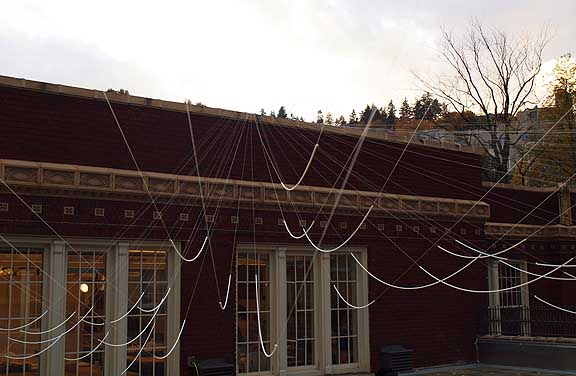
The overall effect is like; a net for wind, topography of architectural features and an engineer's exercise in gravity all harmonized. It's quite nice, and art historically refers to the string works of Fred Sandbeck and Robert Irwin while the use of the sky's perimeter suggests James Turrell. To go further Jasper Johns has been doing catenary's lines for decades now while this piece evokes recent topographical work by Richard Serra's Te Tuhirangi Contour, Andrew Goldsworthy and Duchamp's classic Mile of String installation. Yet unlike Duchamp and Serra this is no barrier, more like a suggested view corridor or a dance in the courtyard. It even resembles musical notation. What is most interesting though is how the backgrounds of each artist are so apparent in the work but are nothing like any of them do individually. In Processions you can see; Ben Young's kinesthetic sensibilities and grasp of platonic logic, Zach Davis' interest in topographies, material and neurology… Josh Pavlacky's interest in urban design, site and drawing vectors… and Maggie Casey's background in textiles and installation that use string to suggest form are all readily apparent. Though it's more refined than I've seen any of them do individually. 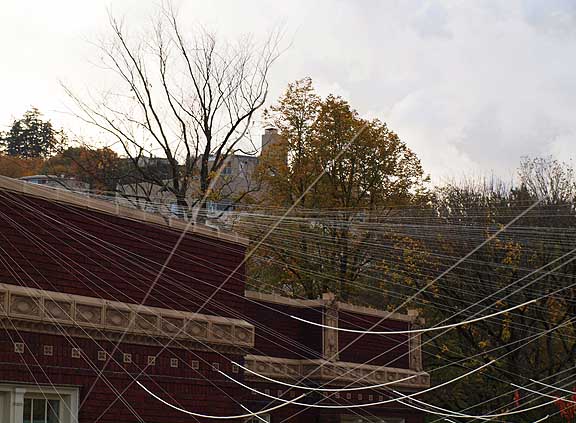
I suspect the group gave them each a kind of new way to discover how a piece can be made because it was an experiential process that created an experiential piece. It's remarkable because group dynamic usually create something either lifeless or cacophonous. In this case it's very clear and of our time, literally blowing in the changing winds. 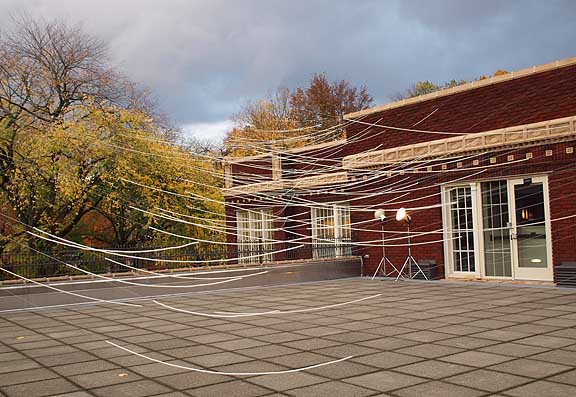
Inside the building I liked Pavlacky's Known Space sculpture but it wasn't displayed very effectively and Pavlacky and Casey's collaborative Constellation (silt from peak to protein) just isn't all that original reminding me simultaneously of Julie Mehretu and Sarah Sze. I think Processions: an Elaborative Cartography is strong enough by itself and hardly needs work indoors to complete it. Overall, I'm very excited to see how these four proceed from here both individually and as a group. Posted by Jeff Jahn on October 23, 2009 at 23:59 | Comments (0) Comments Post a comment Thanks for signing in, . Now you can comment. (sign out)
(If you haven't left a comment here before, you may need to be approved by
the site owner before your comment will appear. Until then, it won't appear
on the entry. Thanks for waiting.)
|
| s p o n s o r s |
 |
 |
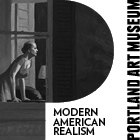 |
 |
 |
 |
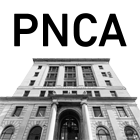 |
 |
 |
 |
 |
 |
 |
 |
 |
 |

|
Site Design: Jennifer Armbrust | • | Site Development: Philippe Blanc & Katherine Bovee | |

